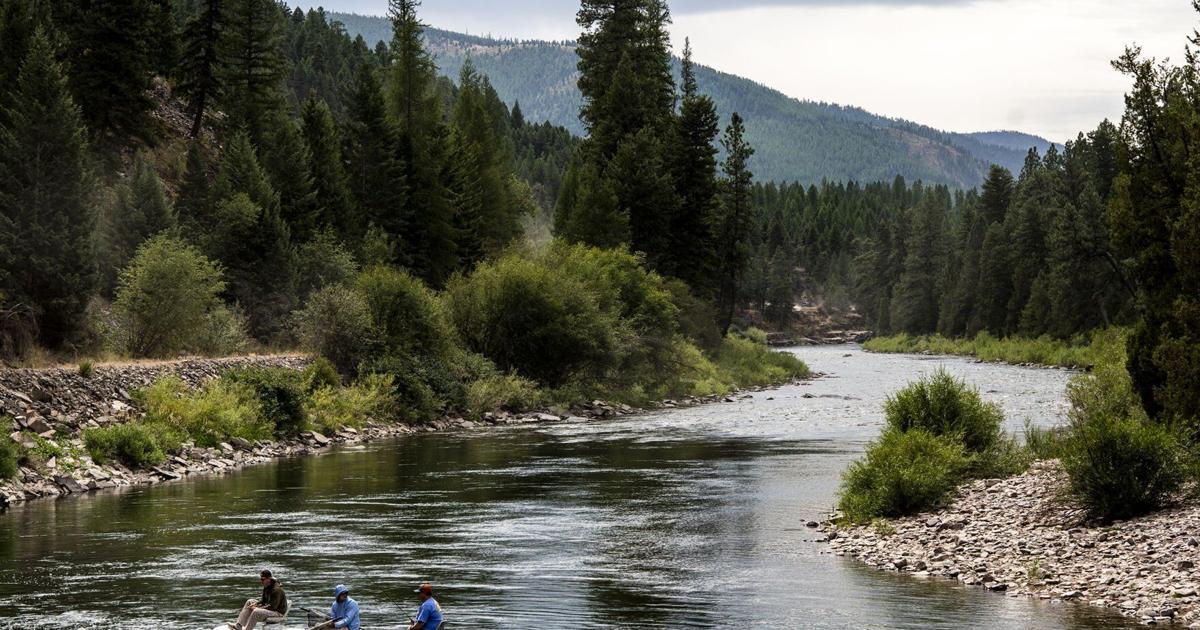Lolo National Forest officials have announced a significant delay in the release of their crucial forest plan revision, pushing back its anticipated publication to late 2025 or early 2026. This postponement marks a notable shift from the original schedule, reflecting complex internal and external factors influencing the management of vital public lands.
The comprehensive revision process, initiated in January 2023, is designed to update the foundational document that dictates all management decisions for the national forest. These plans are indispensable frameworks, guiding how Forest Service officials address a wide spectrum of issues, from safeguarding plant and animal diversity to prioritizing specific areas for various uses like recreation, logging, or conservation efforts. The meticulous nature of this undertaking requires extensive planning and adaptation to new directives.
A primary driver behind this unforeseen delay stems from a series of recent policy changes originating from the Trump administration. These administrative shifts have necessitated a re-evaluation of strategies and priorities, contributing to the extended timeline required for the thorough integration of new federal guidance into the existing planning framework. The ripple effect of these directives is profoundly impacting the revision’s progression.
Compounding the policy shifts, the Lolo National Forest has also undergone significant leadership transitions, both at the national and local levels. Carolyn Upton, the former forest supervisor, retired at the close of 2024, with Ben Johnson assuming the critical role earlier this month. Furthermore, the plan revision process itself now operates under new guidance, with Stacey Allen stepping in as the dedicated lead for this complex initiative.
During a recent public webinar, Stacey Allen introduced herself, highlighting her extensive expertise in such long-term planning efforts. Her background notably includes navigating the entire Flathead National Forest’s plan revision from 2013 to 2018, providing her with invaluable experience that is directly applicable to the Lolo Forest’s current undertaking. Allen’s specialized role as part of the Mountain Planning Service Group underscores the Forest Service’s increasing reliance on expert personnel for these multi-year projects.
Ben Johnson, the new Lolo National Forest supervisor, recently relocated to Missoula from Bellingham, Washington, bringing a wealth of experience from his tenure at the Mt. Baker-Snoqualmie National Forest office. His most recent role as the agency’s assistant director for recreation, heritage, and volunteer resources positions him uniquely to oversee the multifaceted aspects of the forest’s management and its ongoing revision process.
The planning process for national forests often involves intricate negotiations and, at times, disagreements among various interest groups. These stakeholders represent diverse priorities, ranging from those advocating for increased timber production to others championing enhanced conservation measures or expanded recreational access for activities like mountain biking. The recent webinar saw representatives from these competing groups engaged in the discussion, underscoring the collaborative yet often contentious nature of forest management planning.
Amidst these broader planning efforts, the Clark Fork Coalition continues its vital partnership with the Lolo National Forest Service, actively installing crucial fish habitat zones. This collaborative conservation work, specifically aimed at supporting Montana’s native fish species in areas such as the East Fork and Lolo Creek within the Missoula Ranger District, highlights ongoing local initiatives that contribute to the overall ecological health and biodiversity of the forest ecosystem.
Consequently, the draft plan revision, initially slated for release this autumn, has been significantly rescheduled due to this “high level of transition.” This adjustment reflects the comprehensive nature of the revisions and the agency’s commitment to thoroughness amidst leadership changes and evolving policy landscapes, ensuring a robust framework for future forest management.






Leave a Reply